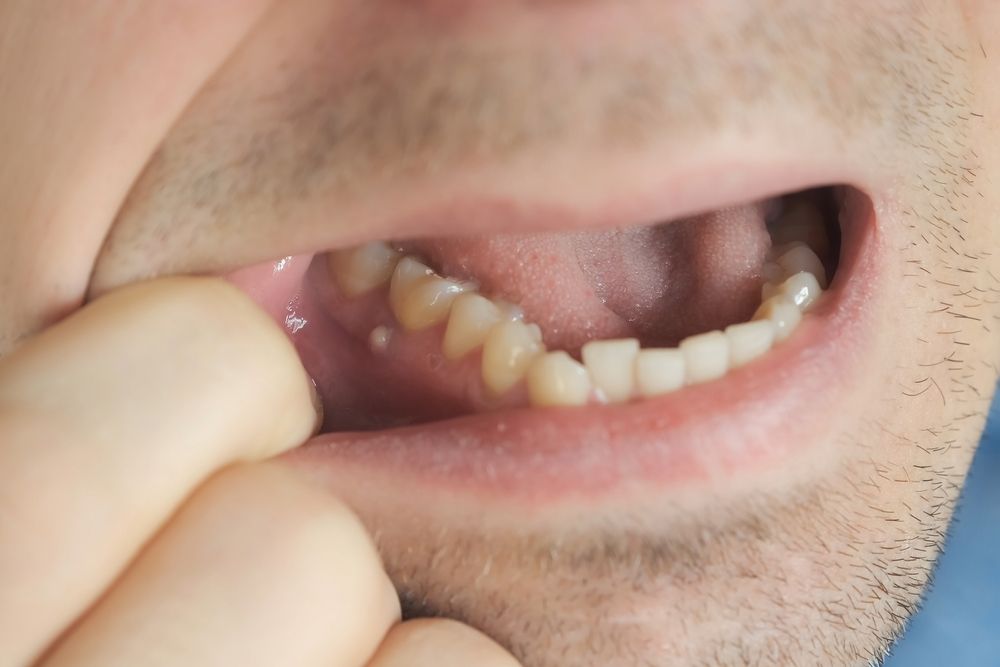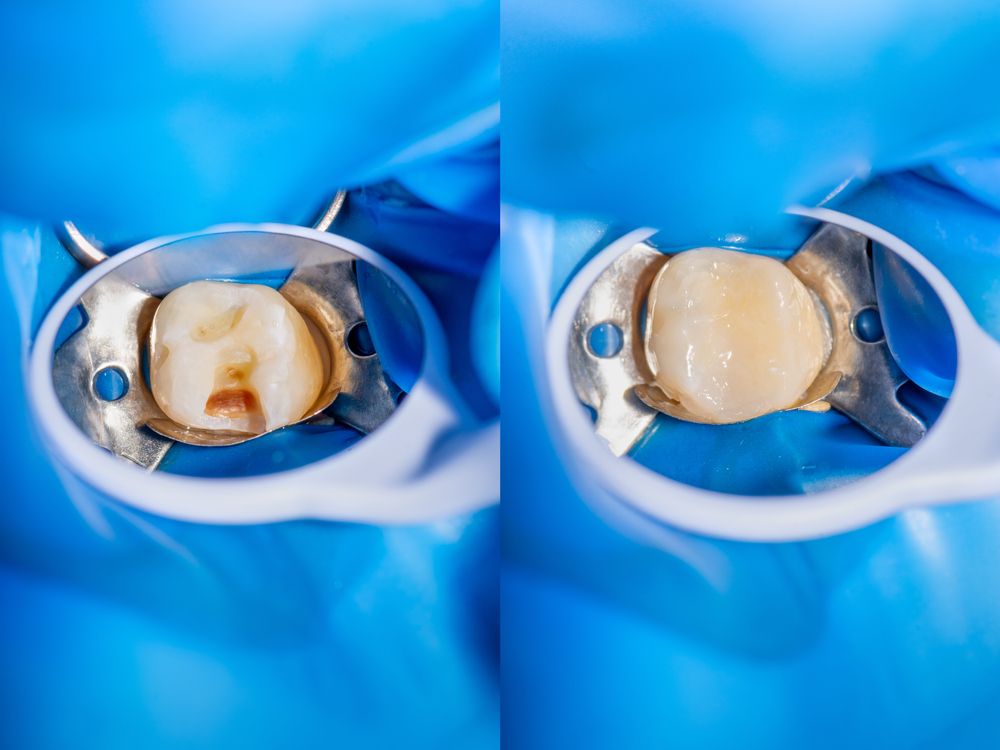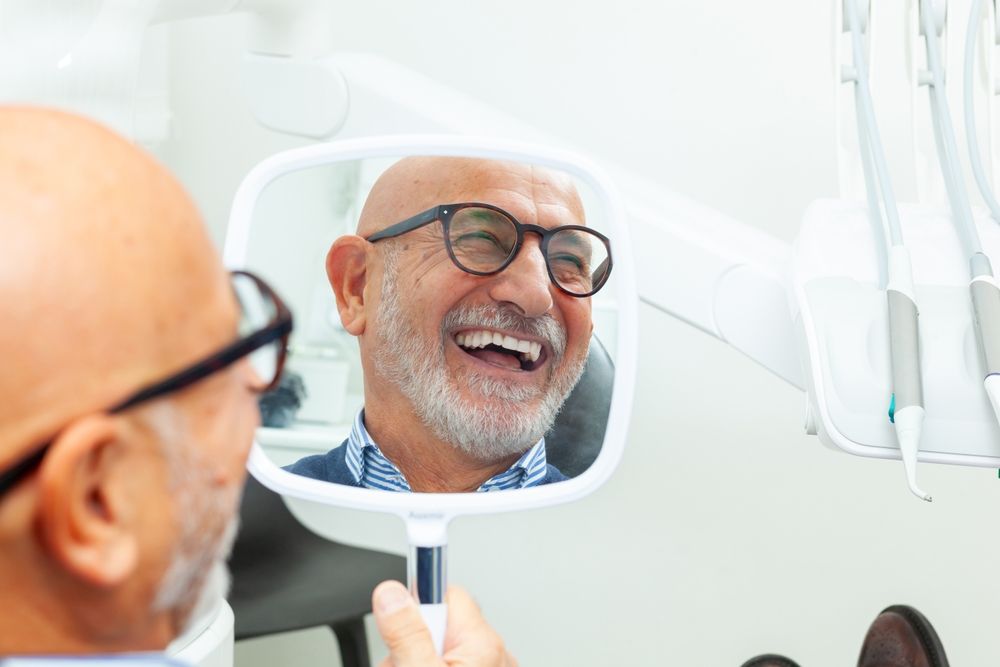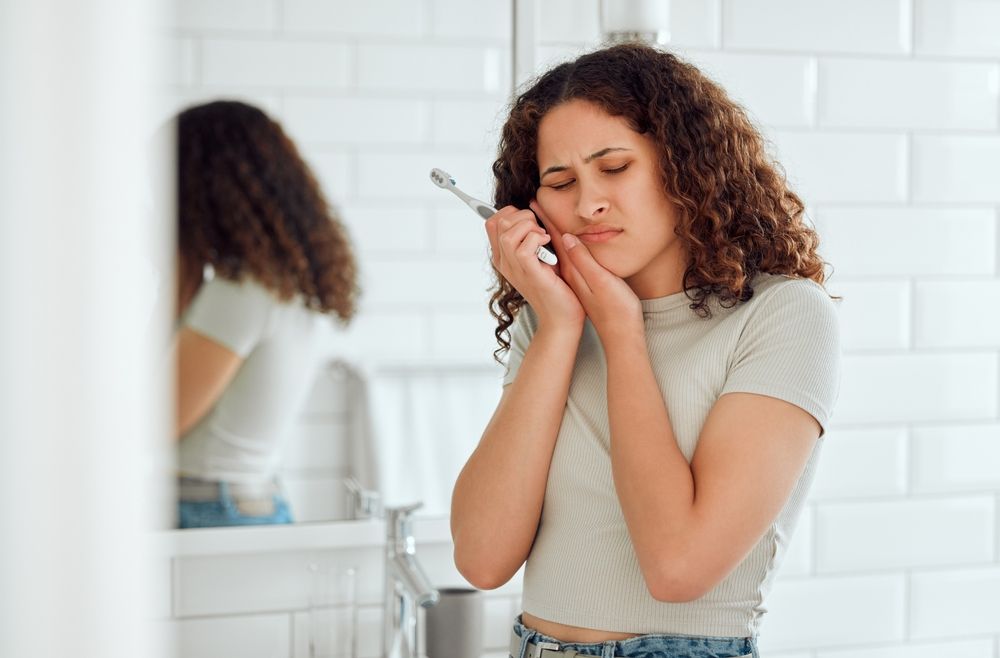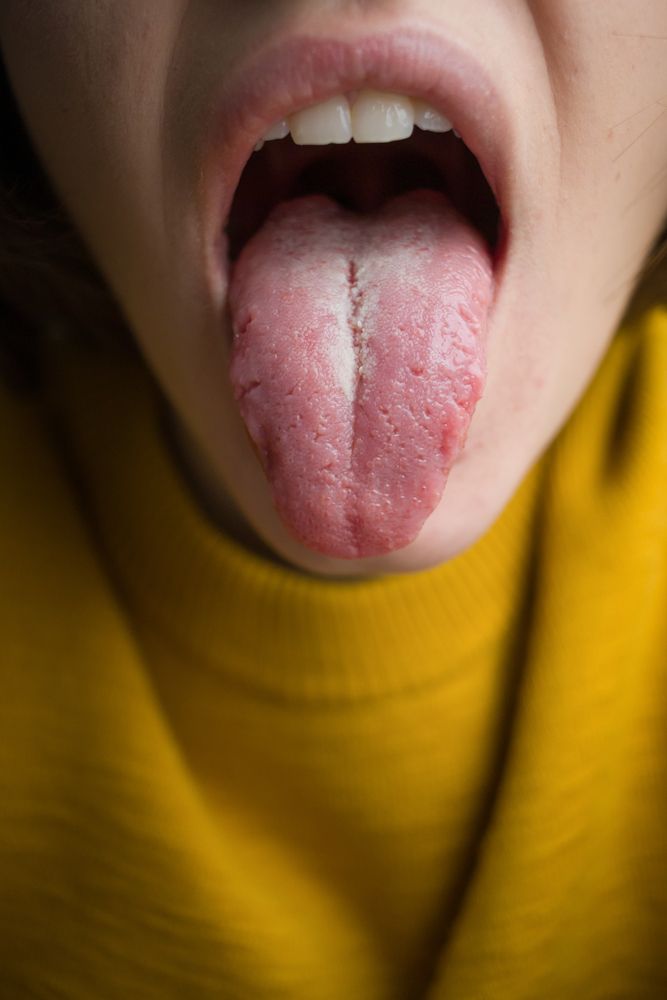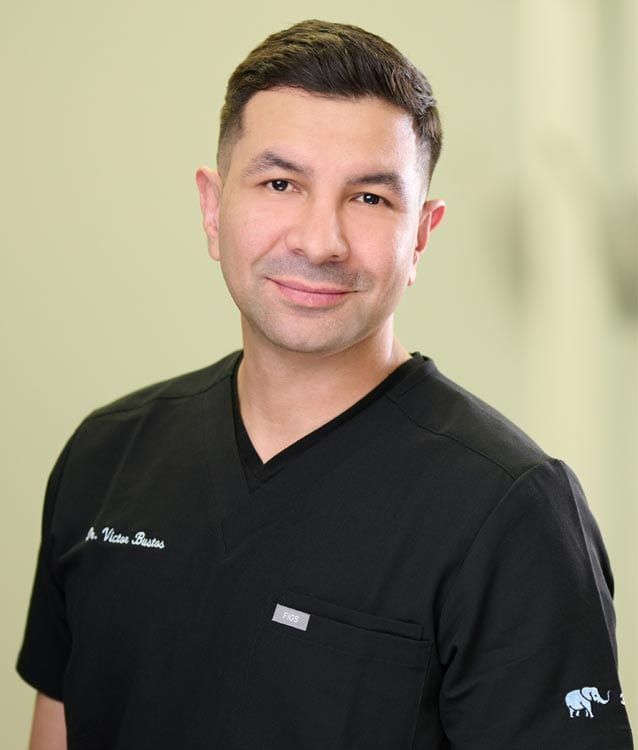When it comes to those who do oral health care, you can pick one of two categories: those who floss and those who like cavities. Despite this, many people don’t take the time to floss their teeth. Perhaps it’s understandable. When compared to brushing, it is seen as being more time-consuming, tedious, and uncomfortable. This perception may be why a large number of us are impressed by those who do it consistently. The reasons for doing it go beyond mere cavity concerns, and we’re going to talk about them below.
How Flossing Helps Protect Your Oral Health
Once the meal is complete, and the dishes have been stowed in the dishwasher, the meal isn’t over. In your mouth, there remains the debris of your meal. Some of this debris has doubtless wound up between your teeth. While saliva plays a vital role in eliminating food debris, it can wash away all of it. Brushing and flossing are required to get it all out. Floss is the only tool that’s guaranteed to get it from between your teeth. The bacteria in your mouth are eager to help break down the remaining debris. When it’s done, however, it leaves behind biofilm. That biofilm is what most of us know as plaque.
Dental patients of every age should brush for two minutes, twice a day. Flossing is usually done at both of these brushings, but you can get by with one. Staying on top of this practice ensures that all the debris from your mouth will get removed. Without flossing, plaque and food will build up in your mouth and ultimately be the source of more severe problems.
Signs that you may have complications resulting from not brushing include:
- Halitosis, or bad breath
- Swelling and tenderness in your gums
- Cavities forming between your teeth
There’s also some discussion about the proper order to brush your teeth. Some suggest flossing before you brush is best. Using this method you’ll remove the particles from between your teeth first. Then you’ll be able to brush them out as part of your normal process.
Flossing Alternatives
When you floss isn’t essential, it’s just vital that you do. Sometimes we can struggle with keeping up with flossing. Such as if you’re wearing braces or are on the go. The ADA has presented a few practical alternatives that will make sure your teeth are protected. Each of them has proven to be as effective as traditional flossing in terms of cleaning your teeth. In several cases, these alternatives focus on ease of use.
- Interdental Brushes: These are tiny toothbrushes that are designed with cleaning between your teeth in mind. Many patients find them more convenient to use than floss.
- Water Flossing: Rather than using thread floss, you may consider trying water flossing. This process uses a device that emits a steady stream of water. When you aim it between your teeth, it’ll clean away debris and plaque.
- Pre-Threaded Floss: This type of floss comes on a convenient handle that makes using it a breeze. You throw them away after each use, though this creates more plastic waste. This fact may make them a less attractive alternative for many patients. With 50 million tons of plastic waste produced by toothbrushes alone, it’s easy to see why.
- Soft-Picks by GUM®: This device is similar to a toothpick but made of a soft plastic that won’t hurt your gums or teeth. The bristles on them clean out debris without harming your teeth. They’re safer than a wooden toothpick, and the bristles do a lot better job of cleaning.
- Replaceable Threaded Floss: Another alternative to standard flossing is replaceable threaded floss. With these devices you can keep the handle while replacing the floss. Otherwise they’re the same as pre-threaded floss, just without the waste.
For those of you wondering about mouthwash, we have bad news. Mouthwash is great for battling lousy breath and eliminating bacteria in the mouth. Unfortunately, it’s not a suitable replacement for flossing. However, it remains an important part of your oral hygiene practice. Those who use mouthwash often experience better control of decay and bad breath than those who don’t.

